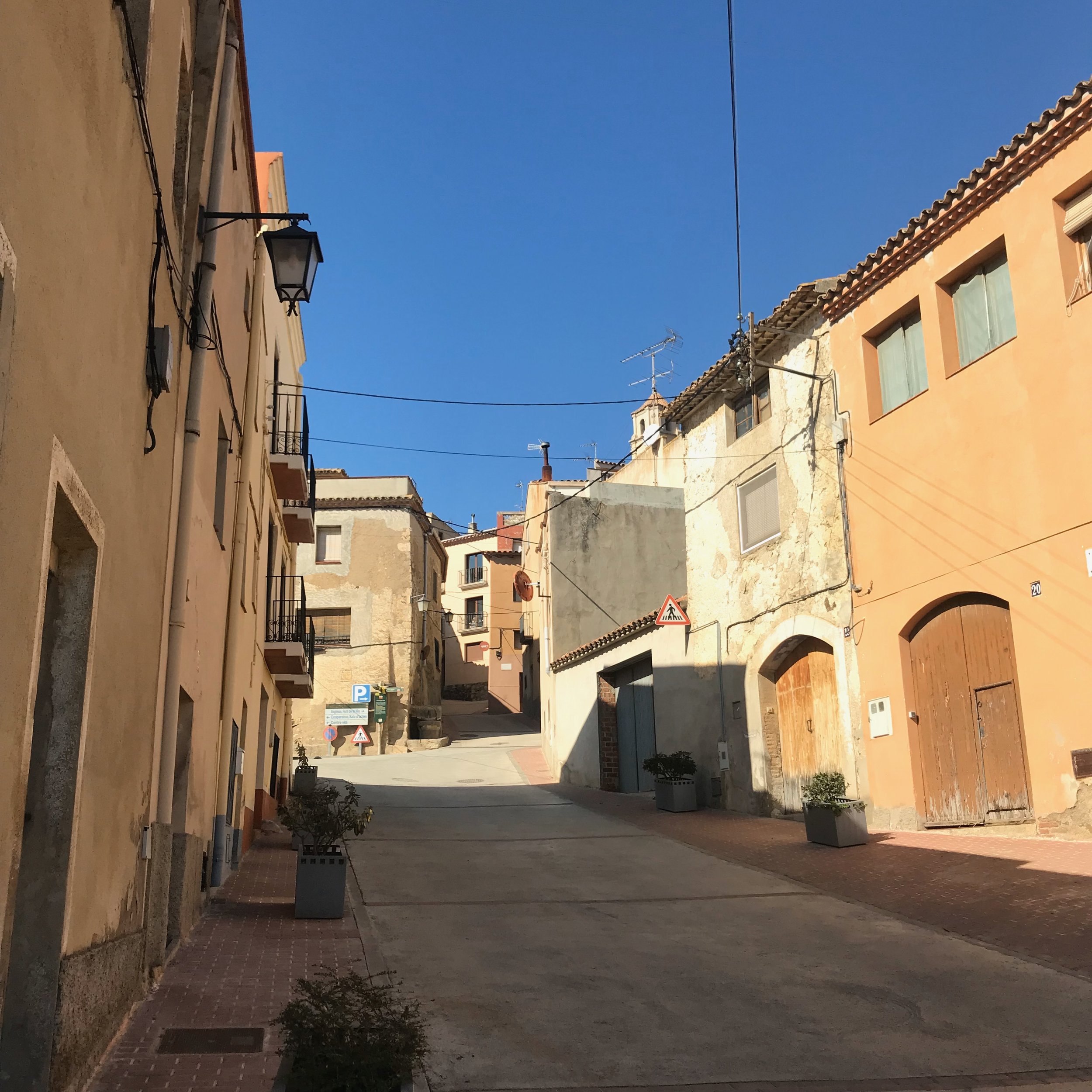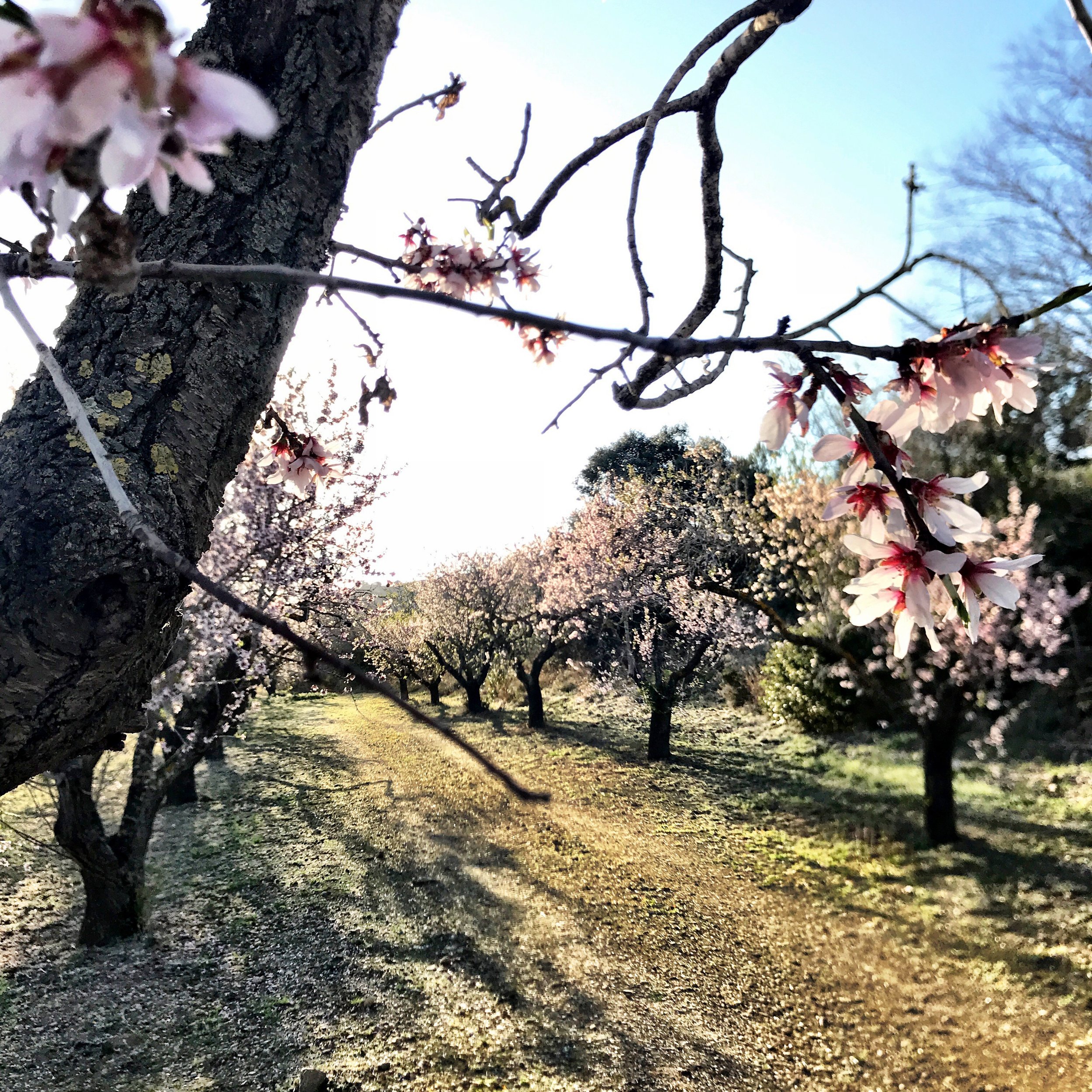Calçots & The Great Calçotada Festival
One of my all-time favourite Spanish ingredients to cook is the Calçot. And there is no better place to eat these than at The Calçotada Festival in the town of Valls in Catalonia, or, better still, with friends you consider family.
A member of the allium plant family, the calçot resembles a cross between a leek and a spring onion. The native vegetable is grown using a method called ‘hilling’, where sandy soil is piled up along the stem of the plant to protect it from the elements and promote desired growth - in this case; to keep the stem long, the flesh white and the vegetable sweet (interestingly, this is how leeks are grown in most farms around the world today)
Calçots get their name from the Catalan word ’calçat” - meaning ‘to shoe’ which is a derivative from the Latin ‘Calcues’ - a Roman shoe that was worn to cover the foot and lower leg, and given the farming method aforementioned, hence the analogy stuck.
The Gran Fiesta de la Calçotada in Valls is a whole-town affair and each year thousands of visitors flock to the city to feast on the local fire-cooked delicacies. The ‘feastival’ starts early in the morning with fires being lit in the middle of the neighbourhood squares around town where locals, dressed in traditional costumes, grill thousands and thousands of calçots over the coals.
During the festival, all over town, there are market stalls to visit, local cheeses and charcuterie to sample, small bars to visit, and wine to be drunk. The smell of these charred beauties wafts through the narrow streets and laneways, and a visit to this festival quickly becomes one of those enchanting, thrilling, follow your nose kind of experiences as you wander through the smoke-filled streets to see, and taste what is just around the corner.
A food festival of this importance needs competition, and Valls steps up to the plate. Naturally, there is a Calçot eating competition in Plaça del Pati. Now in its 37th year, local favourite David Martin scoffed down 192 calçots in just 45 minutes to take this year’s title after finishing runner-up a few years before. The record is held by the two-time champ, Adria Wegrzyn, who once ate 314 calçots; a whopping 5.8kg of charred onions to take out the title back in 2018. Respecto.
The competition doesn’t stop there though, with local farmers putting their best specimens up before the judges to see who grows the best calçots, as well as a hotly contested title for the best romesco sauce, the traditional accompaniment to the grilled delights.
While the town Festival is an amazing experience, I am here today with my Catalan friends for a more low-key, family affair in Figerola, a village just outside Valls. Joan Ramon, or ‘JR’ as he is affectionately known, a friend of nearly two decades, owns a little wedge of land in Figeurola del Camp. “It is not much, but it’s my corner of the earth” was how he described it to me. And a beautiful corner he has carved out. Maybe a couple of acres, a plot of land lined with olive and almond trees - JR makes incredible virgin olive oil from his farm, for family and friends only. On the plot is a small, brick shack of a house that provides the bare necessities to camp on the plot; a roof, a fireplace, a terrace, and an outdoor fire pit.
I am here with some of my most treasured friends. La Familia; The family. A group of friends that both myself and my fellow Aussie mates collectively refer to as the ‘Catalan Crew’. They all grew up together in Gracia, Barcelona and for those who don’t know Gracia, you need to. A small ‘village’ that was geographically swallowed up by the ever-expanding Barcelona city in the 1900s, today, it is undoubtedly one of the coolest neighbourhoods in one of the coolest cities in the world. I am continually drawn back to its energy, its narrow streets lined with great tapas bars and restaurants, its food markets, and its neighbourhood plaças; a focal point of the community where every night the locals swam for tapas and beers, and the people.
Through a few degrees of separation, we (the ‘Fucking Aussies’ as they sometimes jokingly refer to our rough-cut convict collective) have tethered ourselves to this beautiful group of people from Barca and we individually, and also often as a group, continue to turn up at their doorstep for holidays where they welcome us back, time and time again, at any time, with unparalleled generosity, acceptance and love, and have over the last 2 decades, gifted us Aussies some of the most memorable experiences, meals, parties and support a human could ask for. They are why we travel, personified. But more on that later, now, back to the onions.
An hour in the car from Gracia, we descended on JR’s farm a little later into calçot season at the end of February. The almond trees are blossoming and a fresh, crisp, late winter’s day filters the bright sunshine through the branches and small white blossom flowers create a magical backdrop for the day’s activities.
With hugs and greetings out the way, beers are dispensed. As I take in the surroundings and wander through the almond tree rows, some set to preparing the fire, while others set the table. David & J.R lay the calçots out end-to-end on a piece of wire fencing, JR proudly announcing that he ‘borrowed’ the ‘grill’ from a window at the local church, making this day with friends a more holy experience.
Traditionally, calçots are cooked very quickly over a white-hot fire of old grape vines; off-cuts and prunings sourced from the nearby vineyards. These vines impart subtle nuanced flavour profiles to whatever they smoke, and JR uses a mixture of both vines and off-cuts from the almond trees which, I learn, also lend an almost sweet smoky flavour profile.
The fire has settled down into a bed of white-ash embers, David spreads them out with a shovel in preparation for the holy grill. No need to clean the calçot roots or stems from dirt as this will be burnt off and the outer skin peeled before eating. The lads lay the grill onto the fire where the vegetables ignite immediately in a sea of flames and after just a few minutes, removed as the delicate vegetables are scorched black and ready to be rested.
Once removed, everyone jumps into action to quickly transfer the calçots into sheets of newspaper and are wrapped tight in bundles where the residual heat and steam allow them to finish cooking. While we wait for the calçots to finish cooking in their paper blankets, attention moves to behind the house where Albert & Valen commandeer the fire pit and cook up a swag of fresh chorizo sausages, a few milk-fed lamb cutlets, and a fat, juicy morcilla - a traditional Spanish blood sausage. Proteins are sorted.
With the cooking done and dusted, we gather around the table to feast. Traditionally calçots are eaten with romesco sauce - a thick paste made from almonds, peppers, tomatoes, garlic and oil. While the food is laid out around the table, JR takes me aside to ask me what my recipe for romesco is. I share my simple recipe before he lets me in on his ‘secret’ ingredient - cookies. For sweetness, he tells me proudly.
Eating calçots is a messy affair. Really messy, but then I think this just adds to the fun of it all. We tear open the the newspaper bundles and mouthwatering aroma of the charred black onions fills the air. They show me how to eat the calçot. Hold it by the green tip and with the other hand, simply pull down on the burnt, charred outer layer which slides off easily, dip it into the romesco, tilt your head back and eat it in one, sweet, smoky mouthful. Repeat. Drink some beer, and repeat again.
Blackened hands from the charred skins only add to the mess and I am told there is no point to wipe your hands, just keep eating. And I do, with gusto. I’m not sure how many calçots I ate, but Its not even close to the Calçot champion, but I am full and smiling.
Lunch over, we recline into deck chairs for some animated, passionate conversations and enjoy the afternoon as the sun sinks toward the horizon. More beers, more conversations and more smiles round out the day. All of this happens with little fanfare, I feel like I appreciate it more than my fellow friends, but for them, I think it’s just a normal weekend get together, an every weekend event, which is what these traditions present in this country. Opportunities to spend time with those you love. And what better excuse is there than that?
Want to cook calçots for yourself? Click here for my recipe. Can’t get hold of calçots? No worries, substitute leeks for calçots and extend the cooking time by 5 minutes for the leeks.
















